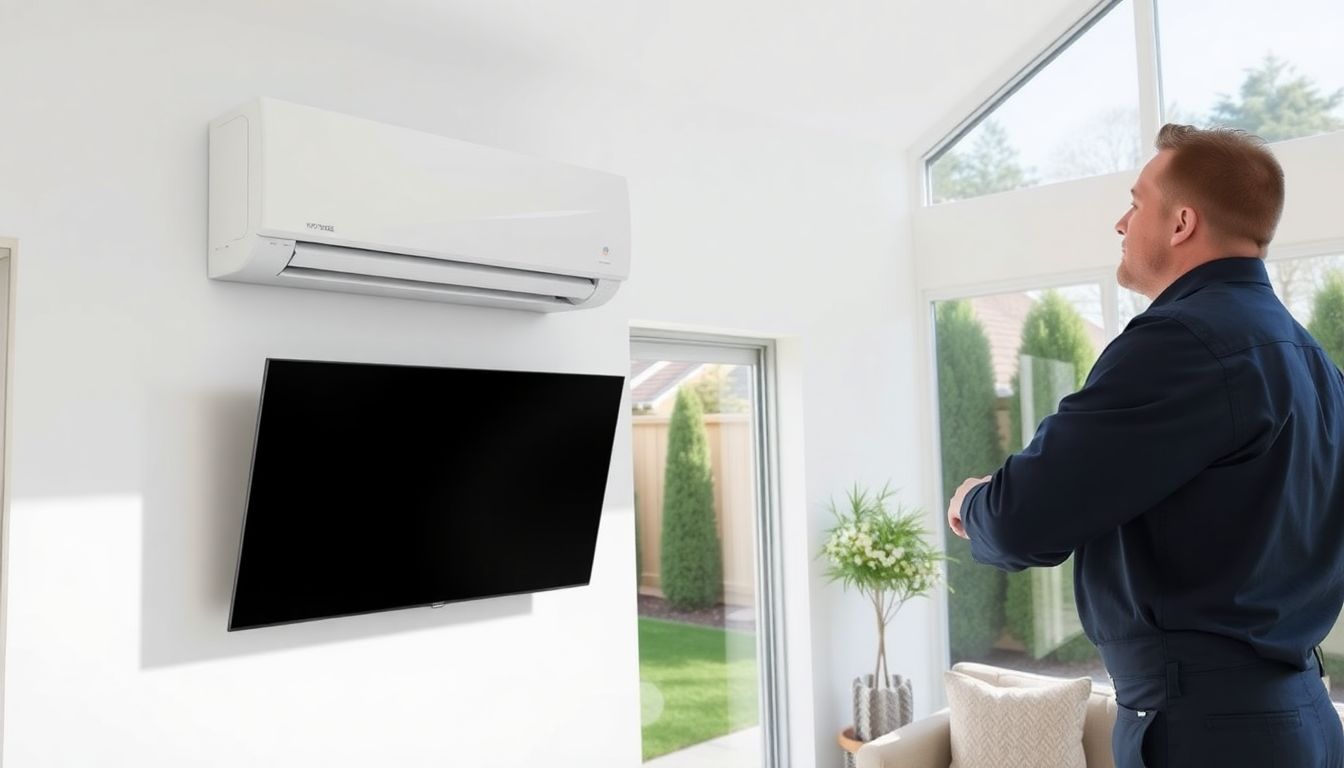Mini-split systems have become an increasingly popular choice for homeowners seeking efficient and versatile heating and cooling solutions. As a seasoned HVAC contractor with extensive experience installing and servicing a wide range of systems—including mini splits—I can confidently say that they are often a smart investment. However, whether they’re right for your home depends on a few key factors.
What Are Mini Splits?
Mini splits, or ductless systems, consist of a two-piece system: an outdoor condenser/compressor and one or more indoor air handlers. The two pieces are linked with a small conduit, without the need for cumbersome ductwork. This setup permits precise control of temperature in a single room or zone, which is why mini splits are suited for individual comfort and energy savings.
Energy Efficiency and Long-Term Savings
One of the best things about mini splits is how energy-efficient they are. Since they distribute air directly where it’s needed and don’t suffer from the energy loss that comes from ductwork, they use less power. This can result in some significant savings for your monthly energy cost.
Although mini splits tend to have a higher initial price than conventional central HVAC systems, the long-term saving usually pays for itself. Most utility companies also give rebates or incentives for putting in energy-efficient systems, which reduce the adoption cost even further.
Zoned Comfort and Flexibility
Mini splits are great for tailoring indoor comfort. You can control each indoor unit separately and heat or cool only the rooms you occupy. This makes them a perfect option for:
- Home additions or home renovations
- Converted basements or garages
- Older homes that lack pre-existing ductwork
- Rooms that are always warmer or colder than others
As opposed to central systems, which both heat and cool the whole house evenly, mini splits provide precise control and save a lot of energy waste.
Installation and Maintenance Simplified
As compared to the installation of a conventional ducted system, installing a mini split is usually faster and less invasive. This makes them a convenient option for structures where it is costly or not possible to install new ductwork.
Maintenance is similarly simple. Owners ought to clean the filters periodically and have a regular professional maintenance to ensure the system functions well. Properly maintained mini splits can last longer than many traditional HVAC systems.
Key Considerations
Even with all of their advantages, mini splits will not be suitable for all applications. Some possible disadvantages are:
- Visual Impact: The indoor air handlers are exposed on the wall, which will not be attractive to homeowners who want a more hidden appearance.
- Cold Climate Limitations: In very low temperatures, certain mini split models will not be efficient with heating, so a secondary heat source will be required.
Final Verdict: Are Mini Splits Worth It?
For a lot of homeowners, mini splits provide a combination of energy efficiency, comfort, and flexibility that’s unbeatable. Mini splits are especially worth it for homes without pre-existing ductwork or where zoned climate control is desired.
But as with any HVAC purchase, it’s wise to consider your specific home layout, your comfort level, and your regional climate. It’s always a good idea to consult an experienced HVAC technician to help decide if a mini-split system is the best fit for your situation.
If you’re searching for a cost-effective, efficient, and customizable heating and cooling system, mini splits are definitely worth a look. Properly installed and well-maintained, they can offer years of reliable comfort and savings.
